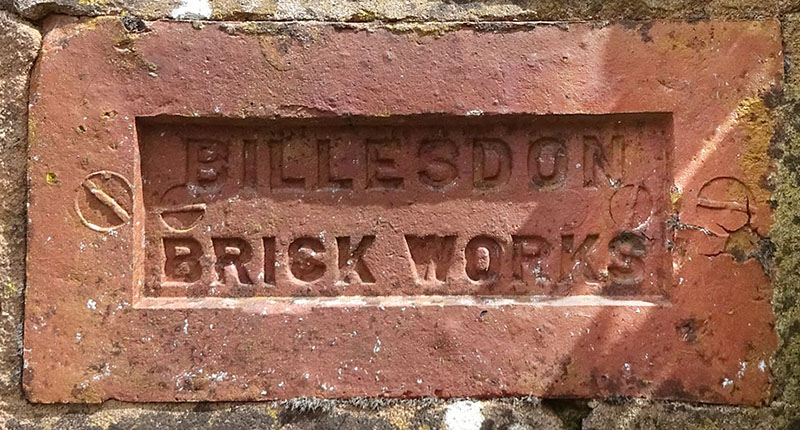
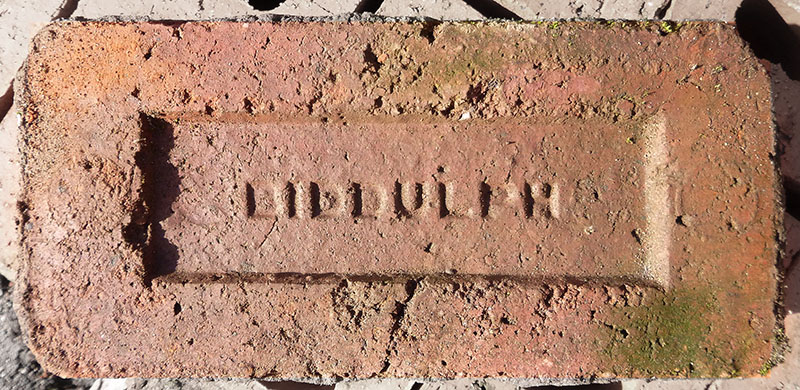
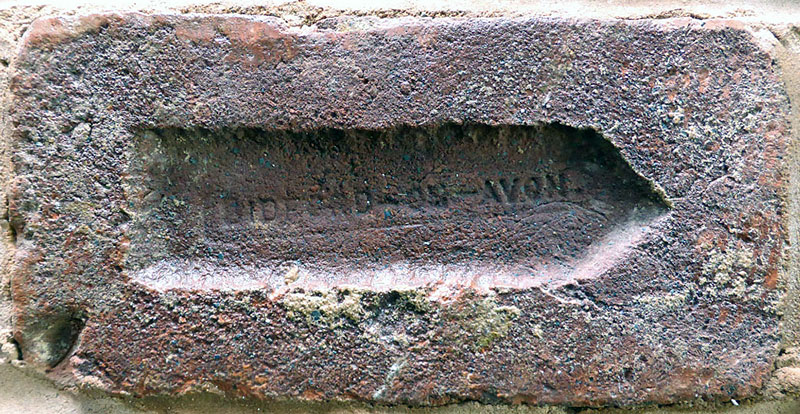
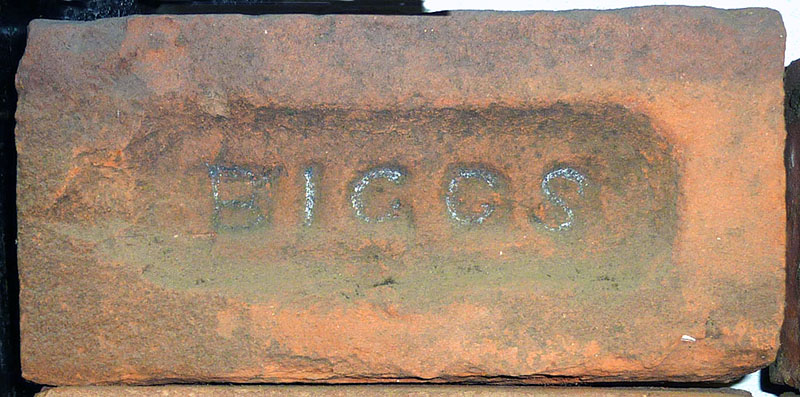
Alfred Bigg is listed in Whites 1855 edition as farmer & brickmaker in Cavendish, Suffolk. Photo & Info by Martyn Fretwell.

Billesdon is a village in Leicestershire. Photo by Lynne Dyer.
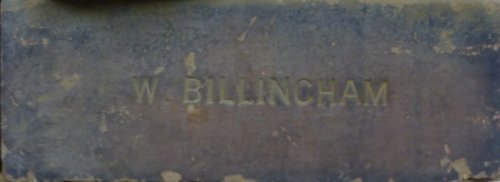
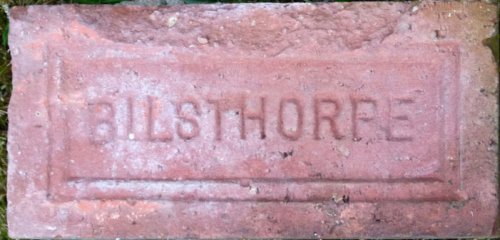

The Binfield Brick & Tile Co. at Amen Corner, Bracknell,
Berks. is listed in Kellys 1899 edition with D. Sharp as Managing
Director. The 1899 map shows that the works had it's own railway
siding connecting to the Staines & Wokingham Line run by the London
& South Western Railway Co. The company was in voluntary liquidation in January 1900 but appears to have been reconstituted. Binfield B & T Co.
is also listed in Kellys 1915 edition. The brickworks closed in the
1960's. Photo & Info by Martyn Fretwell.
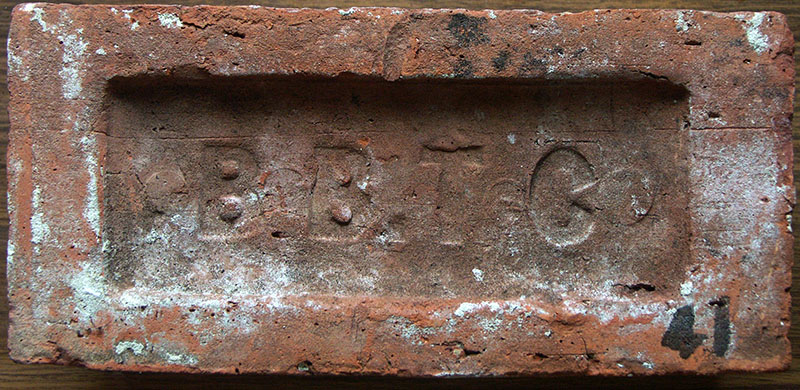
Photo by John Harrison.
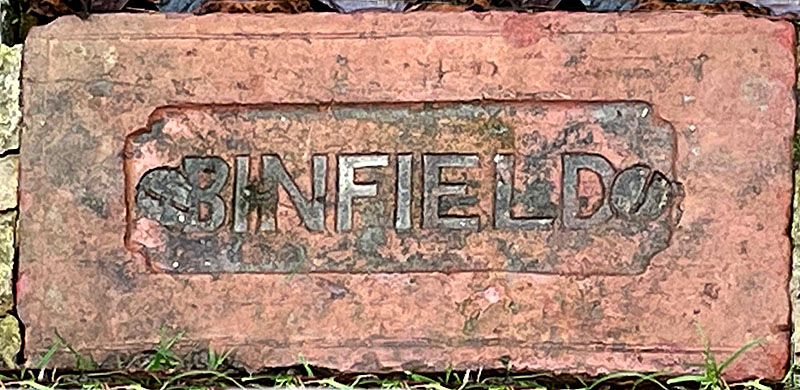
Photo via John Harrison.
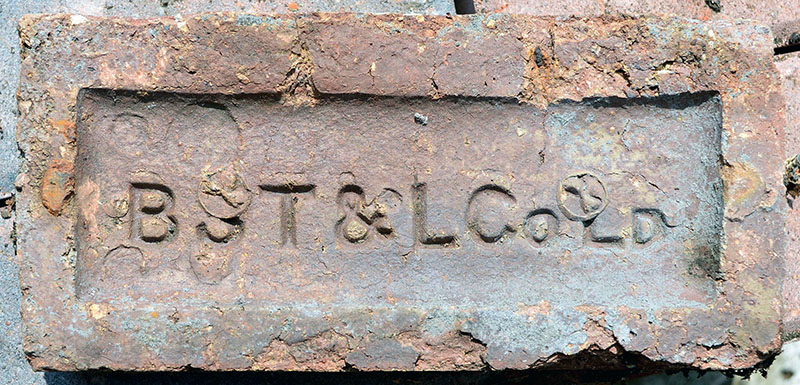
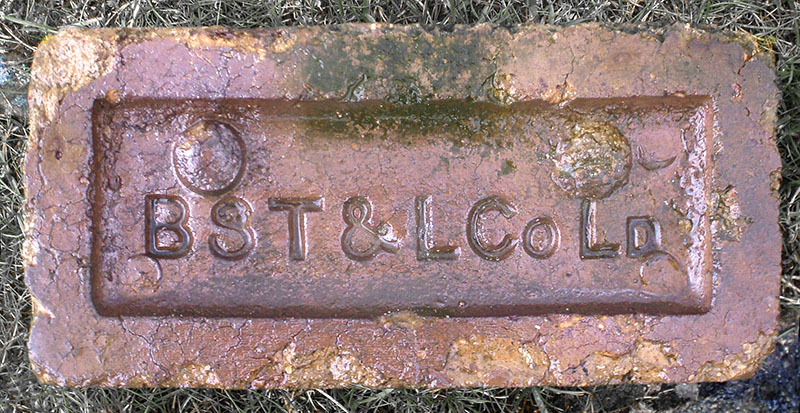
The kiln site is at Eldwick, 2 km north of Bingley, West Yorkshire on Walsh Lane. The old works chimney was visible for miles but has now been demolished. All brick-making activity was confined to a period of about 50 years. In 1870 coal and lime merchant William Barron bought site land to establish a private brick making business. In 1889 the public company of Bingley Sanitary Tube and Lime Co. Ltd. was formed at the same premises. Bricks marked [BST&L Co] are common in the Bingley area and have been found in the Dales. In 1892 £442 was spent on machinery and plant and the company made a gross profit of £1766. The 1893 O.S. map shows the brickworks complex as the B.S.T & Lime Works. The 1921 O.S. map shows the works together with a tramway and a 1922 Trade Directory lists B.S.T & L Co for the last time. Thanks to Derek Barker for the information. Photos by Frank Lawson.
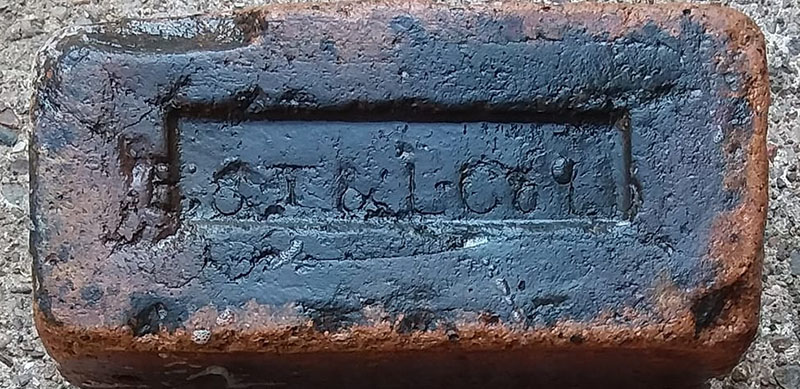
Photo by David Fox.
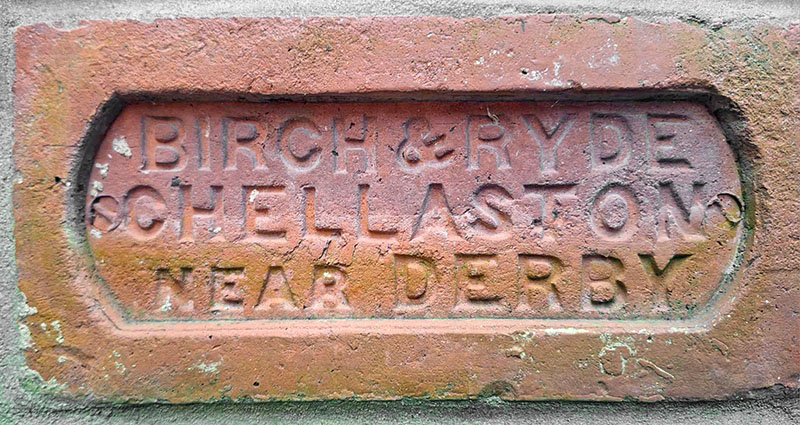
Photo by Simon Booth.
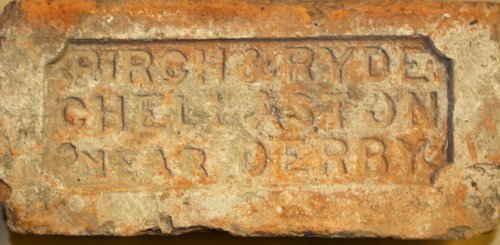

Birch & Ryde are listed as brickmakers at Chellaston in Kelly's 1876 edition. Info by Martyn Fretwell, photos by Frank Lawson.
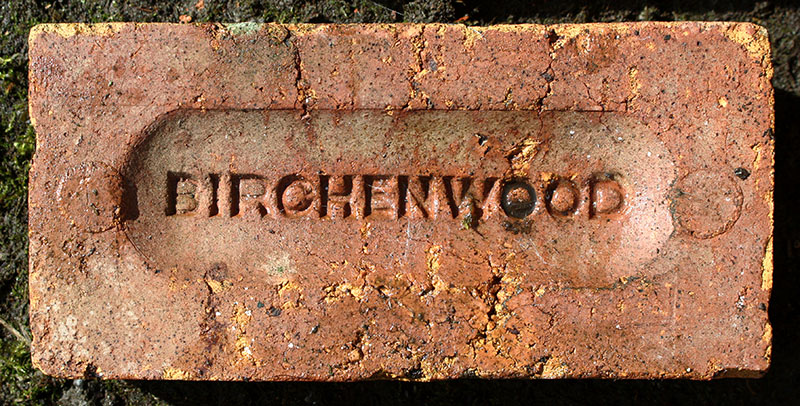
Photo by David Kitching.
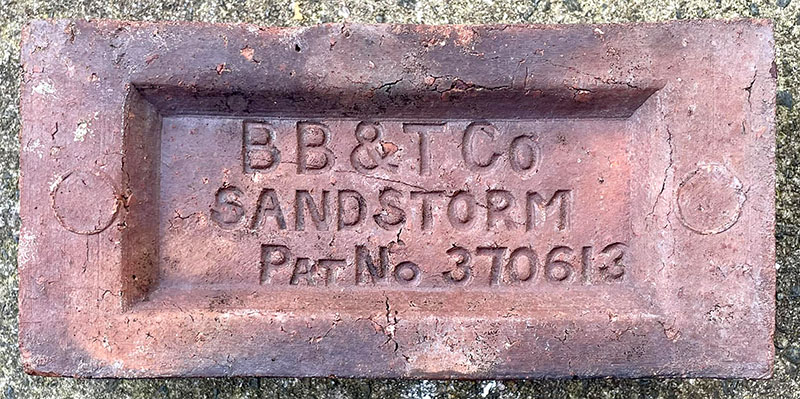
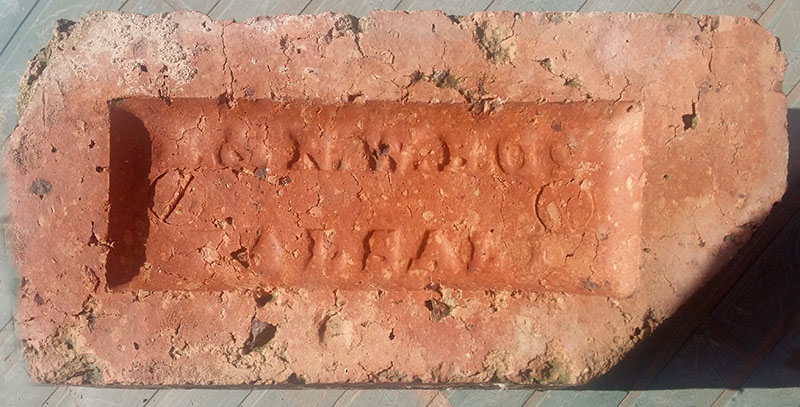
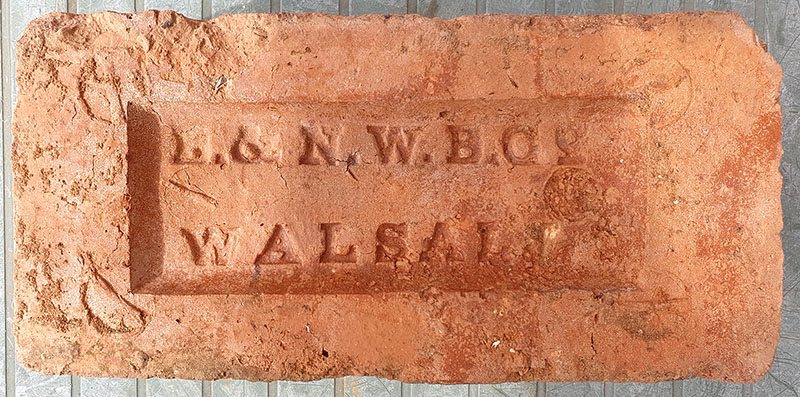
The Birchills & North Walsall, Brick Co. Walsall is listed in Kelly's 1900 to 1916 editions. From a notice in the London Gazette dated 18th November 1910, it states that the partnership of Matilda Elizabeth Evans & Edward Goddard carrying on the business of Brick Manufacturers under the name of The Birchills & North Walsall Brick Co. Walsall was on the 19th October 1910 dissolved by mutual consent & the said firm would then continue under the same name under the ownership of Edward Goddard, dated 11th November 1910. Info by Martyn Fretwell, photos by Nigel Furniss.
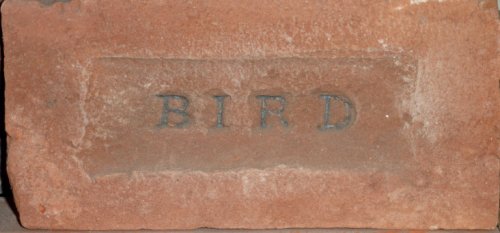
Joseph Bird & Son owned the Trinity Brickworks off Cavendish Street, Ipswich between 1890 & 1910. Joseph is listed in Kellys 1892 & 96 editions at the Trinity Brickworks. Photo & Info by Martyn Fretwell.
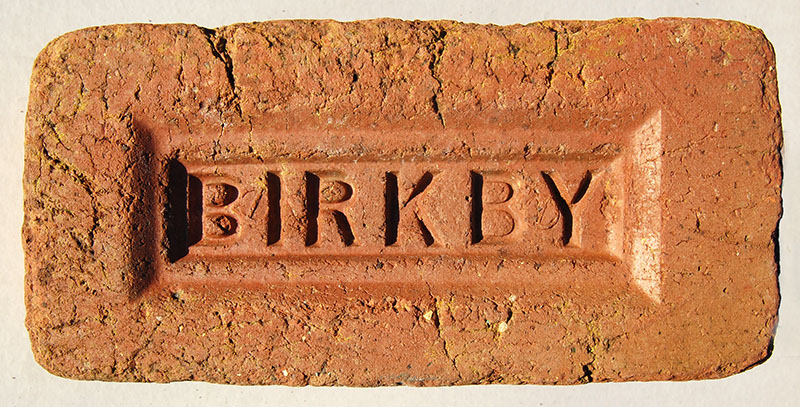
Birkby Firebrick works and colliery. In 1901 was worked by Messrs Steele and Beveridge, employing 40 heads. 4km ENE of Maryport Cumbria. Site operated c1860 to early 20th century - Angus Glasgow. Image PRBCO.
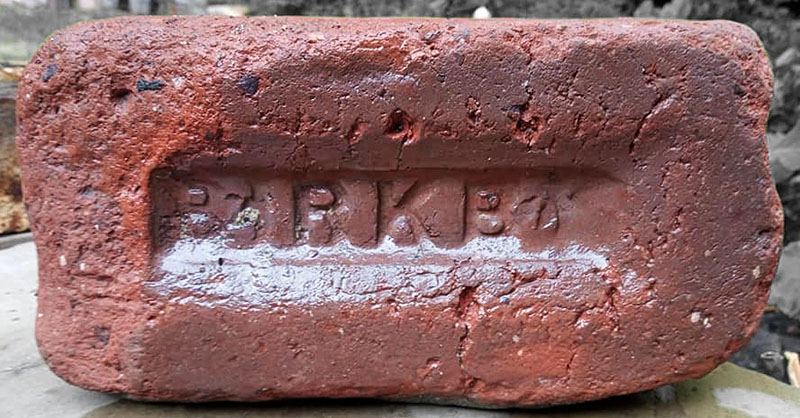
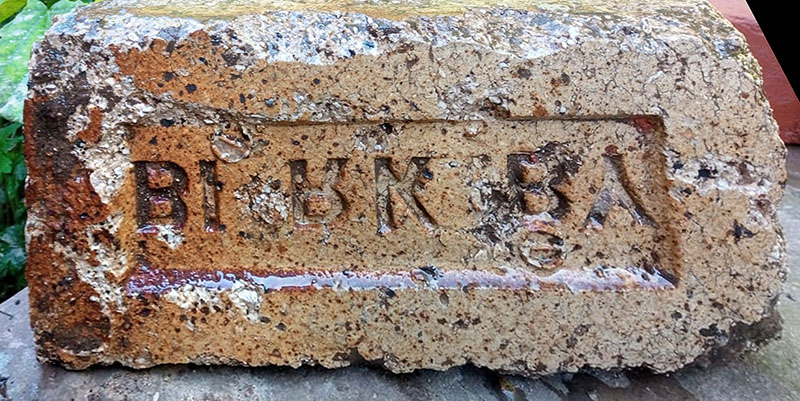
Photos by Chris Graham.
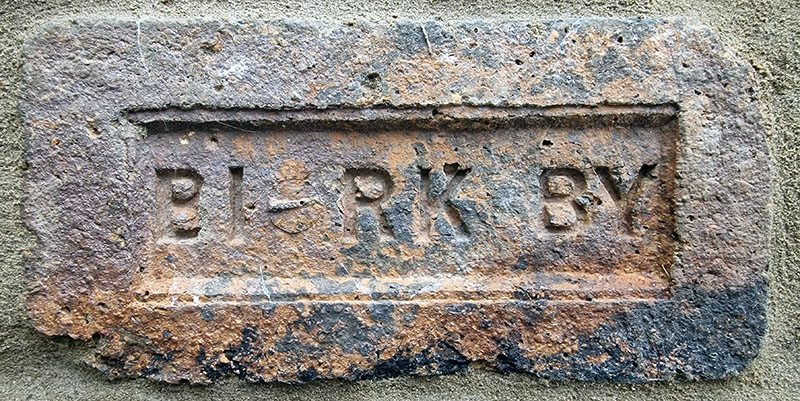
Photo by Mark Howard.
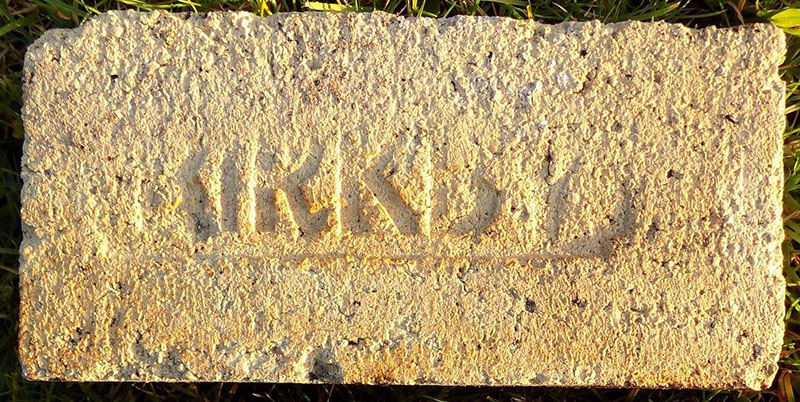
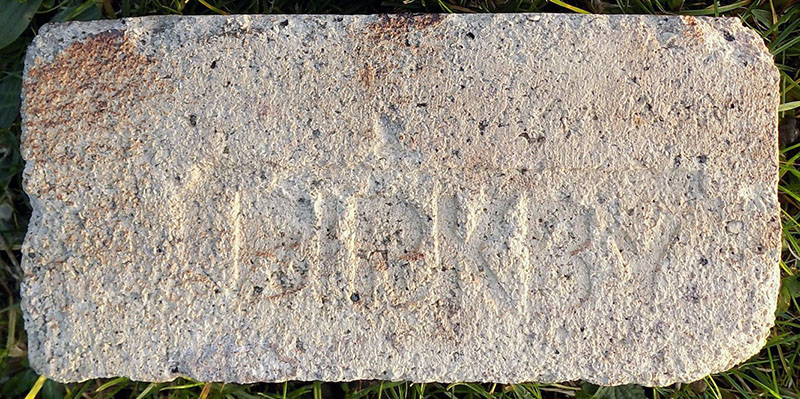
Photos by Ian Suddaby.
Birkby Brick & Tile Works, Alternative names: Birkby Brick & Fire Clay Works or The Fire Clay Works, Maryport, (Wm Tickle & Son c1860-1878). Birkby Fire Brick Company (1879-83), Birkby Colliery & Fire Brick Company (1884-). Manufacturers: William Tickle, 1860-1878, Croudace & Watson, 1879-83, David Burns, 1884-. History: It is possible that this Works, established around 1860 by William Tickle, manufactured agricultural drain tiles but no records of this have been located. However, in January 1867 William Tickle & Son was advertising for someone to supply pipe, brick and tile machinery for their Fireclay Works, Maryport . Under his, and subsequent ownership the articles advertised were bricks, fire bricks, furnace blocks, sewerage pipes, cattle troughs, chimney pots and paving tiles. Info by Graham Brooks.
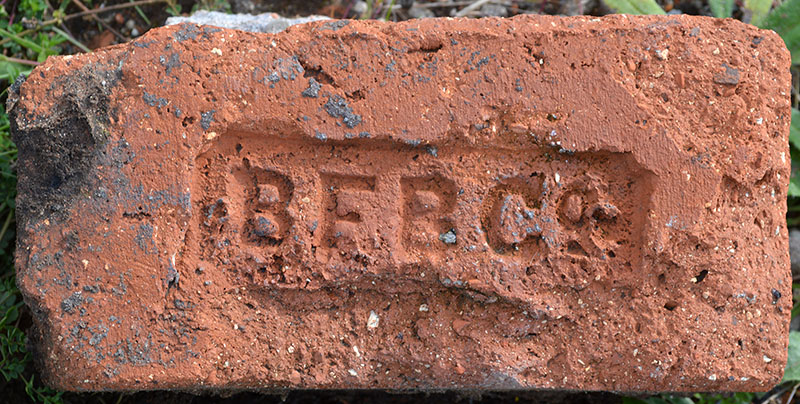
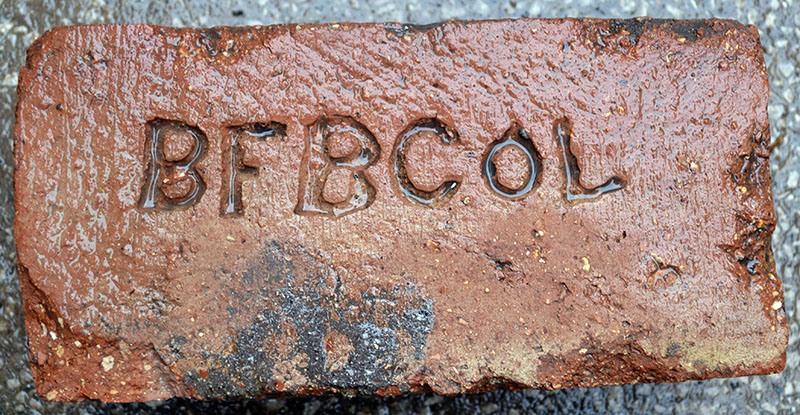
The Birkby Fire Brick Company Limited was wound up in 1884. The Birkby works was east of Maryport. Found at Workington by Richard Cornish.
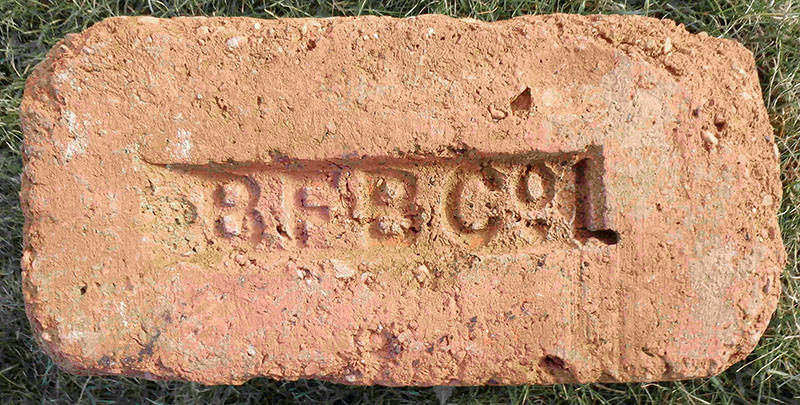
Photo by Frank Lawson.
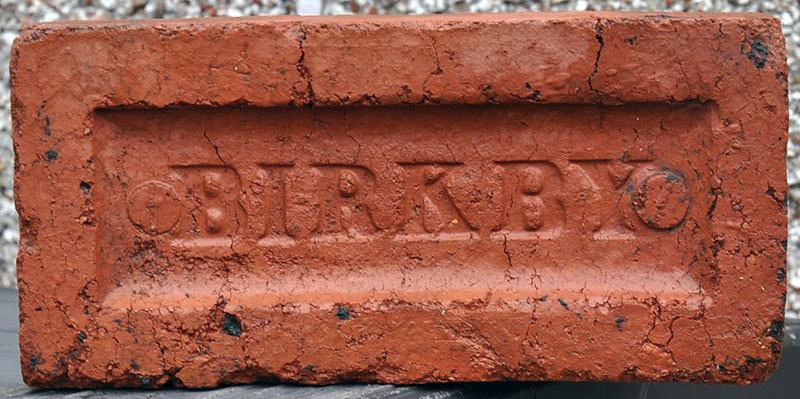
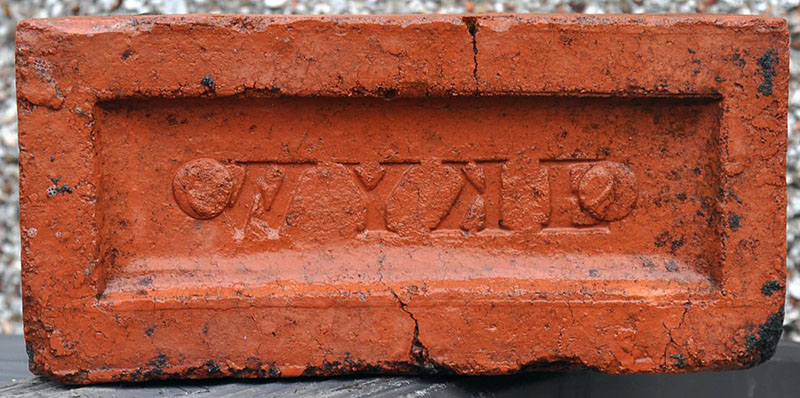
Henry Birkby & Sons Ltd: Storr Hill Brickworks, Wyke. Photos by Chris Shaw.
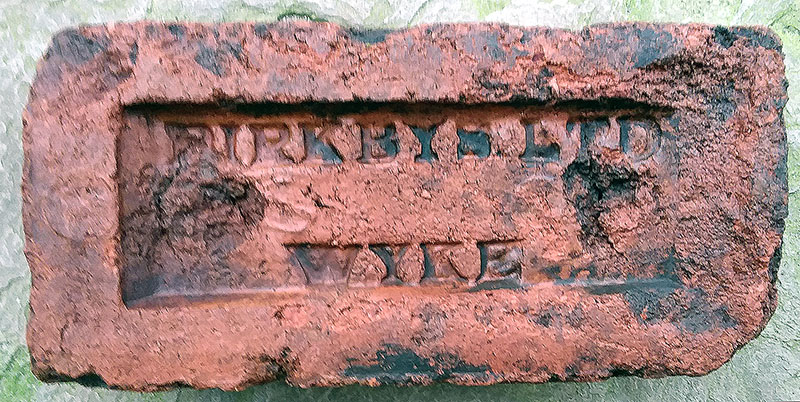
Photo by David Fox.
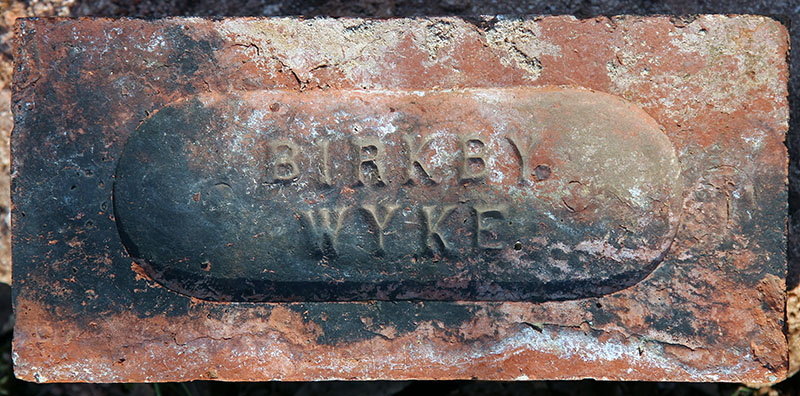
Photo by David Kitching.
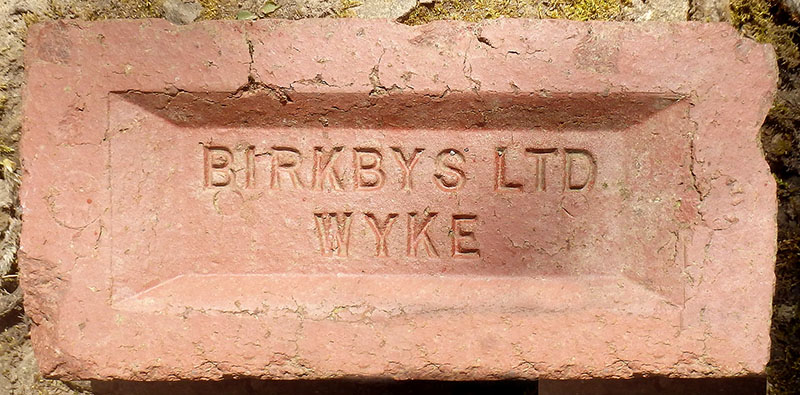
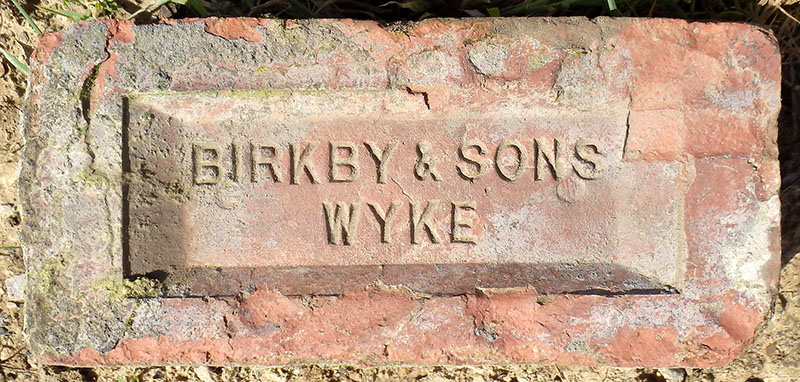
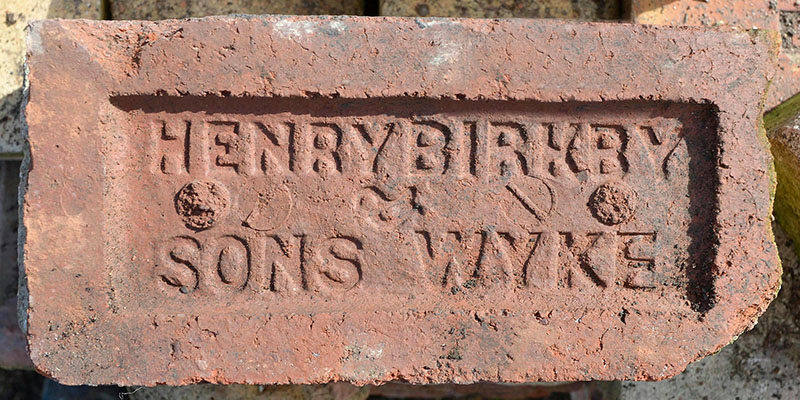
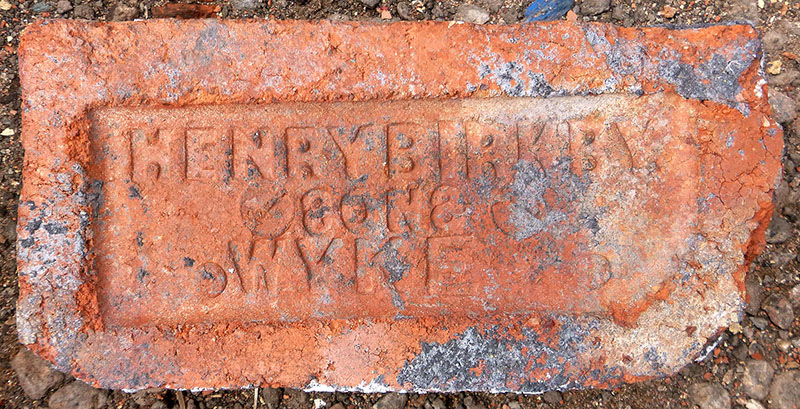
Photos by courtesy of the Frank Lawson collection.
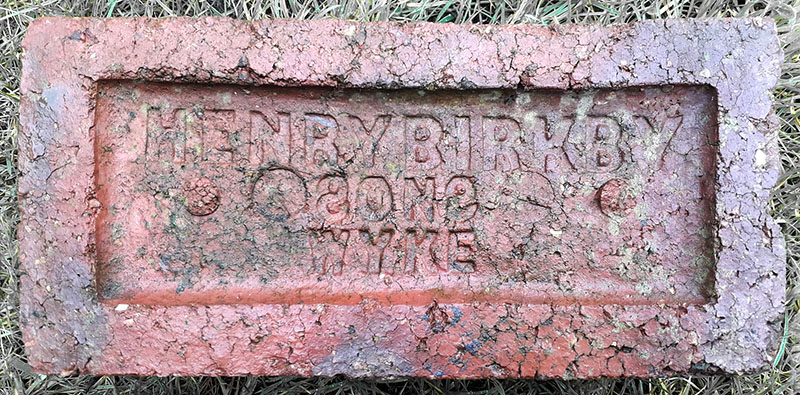
Photo by Mark Cranston.
Henry Birkby, was born in Worthinghead, Wyke around 1830. He was the foreman of Squire Holdsworth, contractor of Wyke, for 7 years until 1863. In 1869-70 he opened the Storr Hill, Wyke brickworks for which he is famous. He is said to have lost a hand in a brick-making machine accident. He took an active part in public life and was returned as councillor for Wyke in 1899. When he retired from business his sons continued brick making. Birkby's was the last traditional working brick-works in Bradford. The company used several brick-marks, all of which are variations on the company name and location. The works closed in 1982. There are photos of the works in operation here Thanks to Derek Barker for the information.
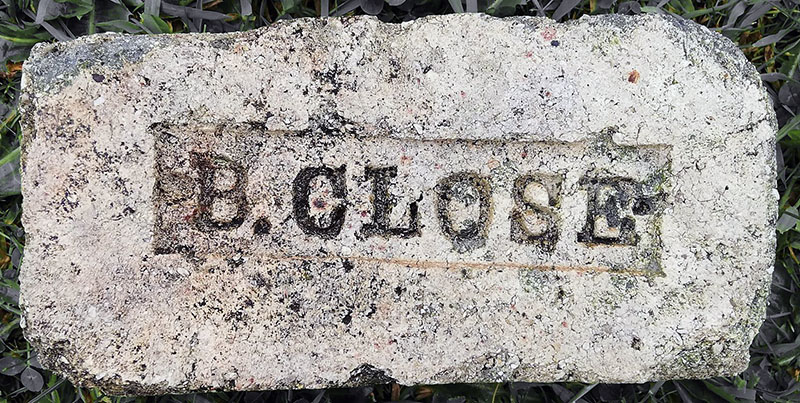
The colliery near Spennymoor opened in 1860 and closed in 1909. It was owned by the Weardale Iron & Coke Co when sunk and this had become the Weardale Steel, Coal & Coke Co. Ltd at closure. Photo by Chris Tilney.
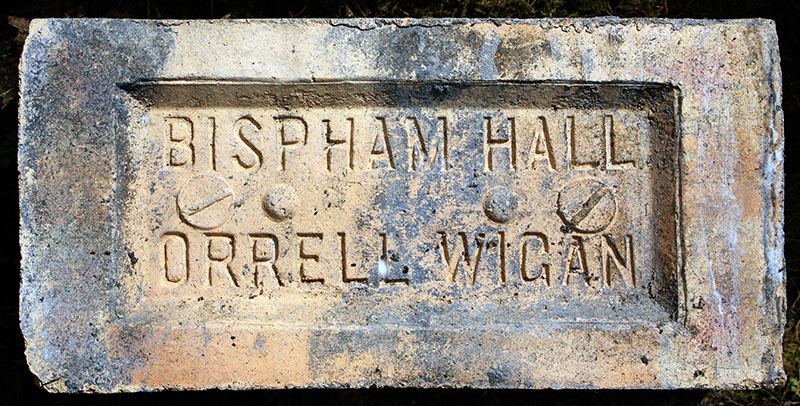
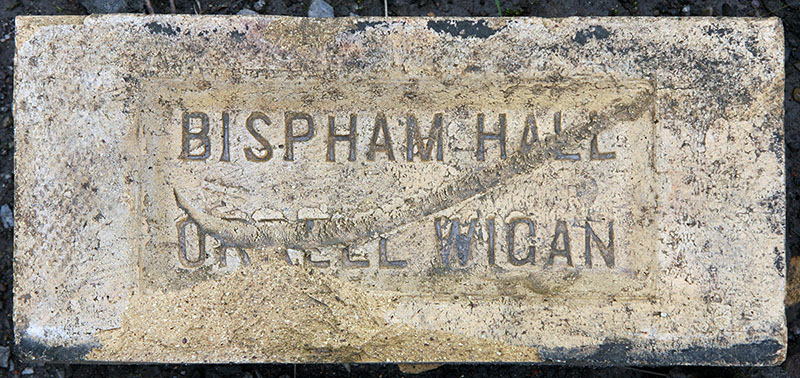
Brick and Tile making was already established at the Bispham Hall works of William Moorfield in the 1860s. From 1899 the Bispham Hall Colliery Company was operating as a partnership of William Hilton and James Marsden, and then as a limited company from February 1900. In 1925 the Bispham Hall Brick and Terra Cotta Co Ltd was formed to take over the brickworks. Terracotta production ceased before 1940 and brick manufacture ended in 1973 with earthenware following in 1974. Photos and information by David Kitching.
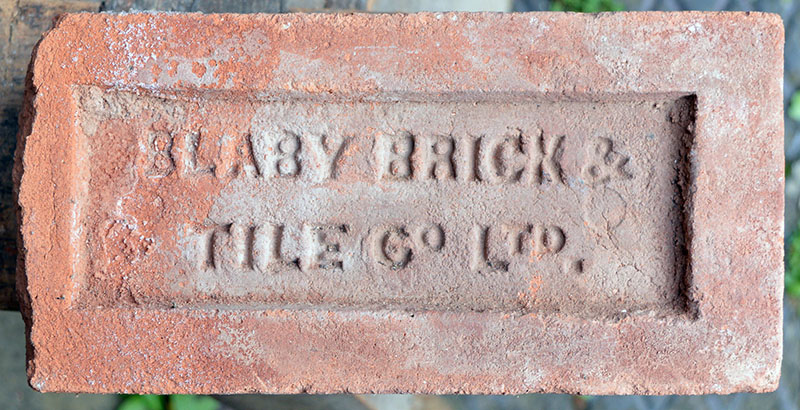
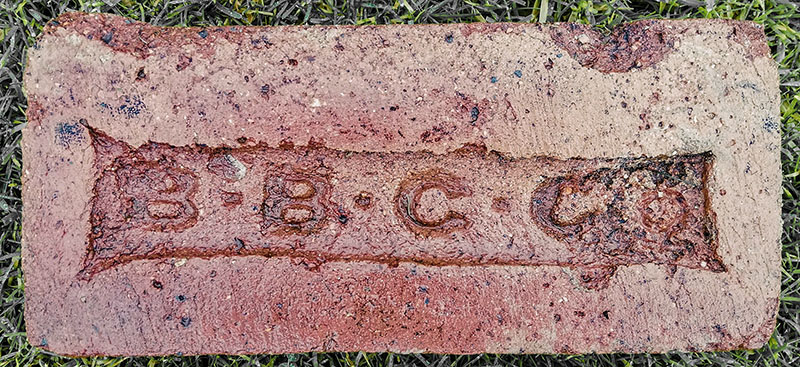
The Black Boy Coal Company ran the Black Boy Colliery near Bishop Auckland. Photo by Chris Tilney.
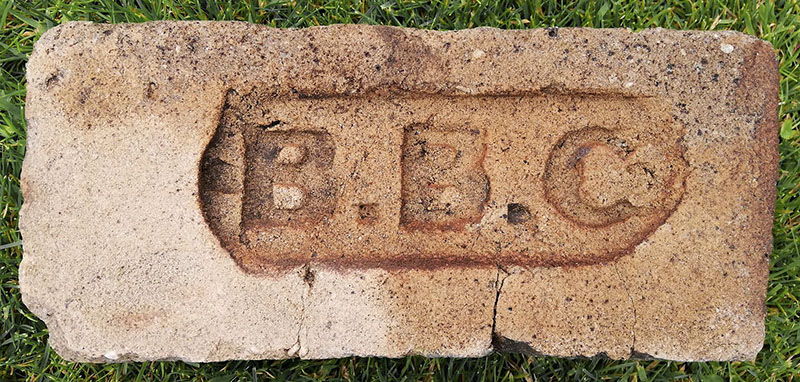
By the 1880s the Black Boy Colliery was being run by Bolckow, Vaughan & Co Ltd. Photo by Chris Tilney.
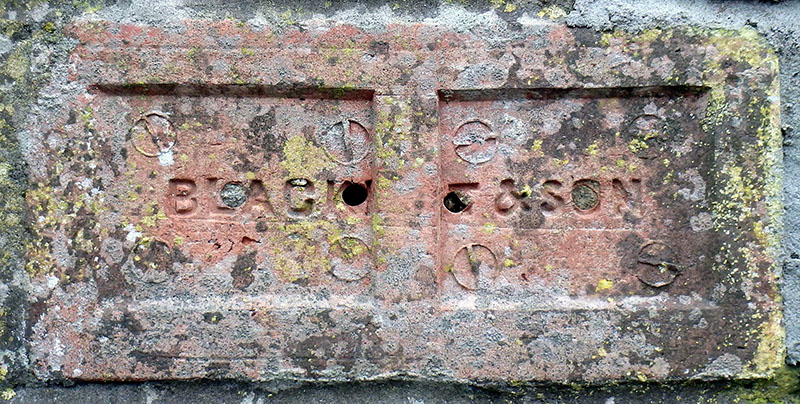
R Blackett & Son, Haughton Road, Darlington, Co.Durham.
Kelly's Durham Directory 1914. Photo and info by courtesy of
the Frank Lawson collection.
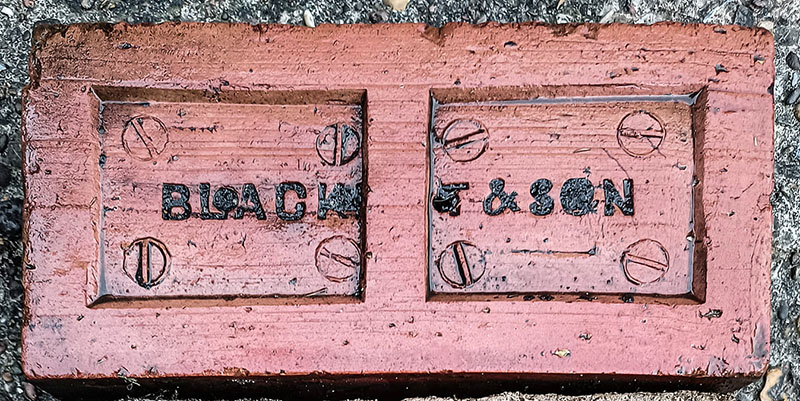
Photo by Chris Tilney.
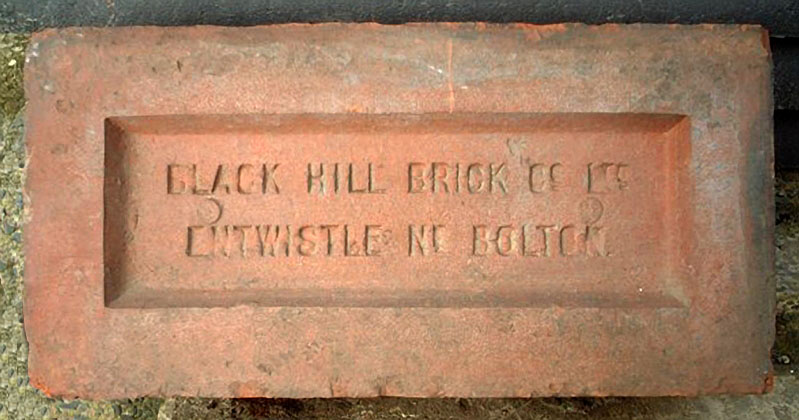
Black Hill Brick & Terra Cotta Company Ltd, Entwistle. The business seems to have been established in 1899 and in June 1905 was in liquidation. In June and July 1905 it was offered for sale as a going concern. The machinery and plant was said to be capable of producing 100,000 bricks per week. A purchaser was found and the business seems subsequently to have been known as the Black Hill Brick Company. The Gannow Patent Brick Company was running the Black Hill works by 1908 and applied the Gannow name to its bricks. This business was liquidated in April 1916.
Michael Sorfleet rescued this one from the Bury Corporation Transport Department bus depot when it was being demolished.
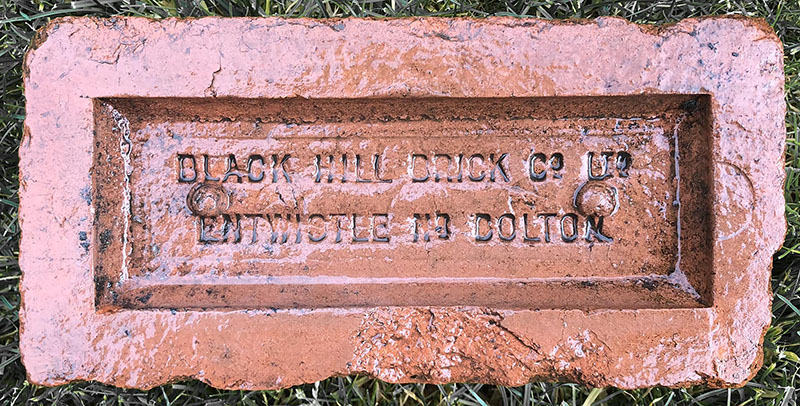
Photo by Jason Stott.
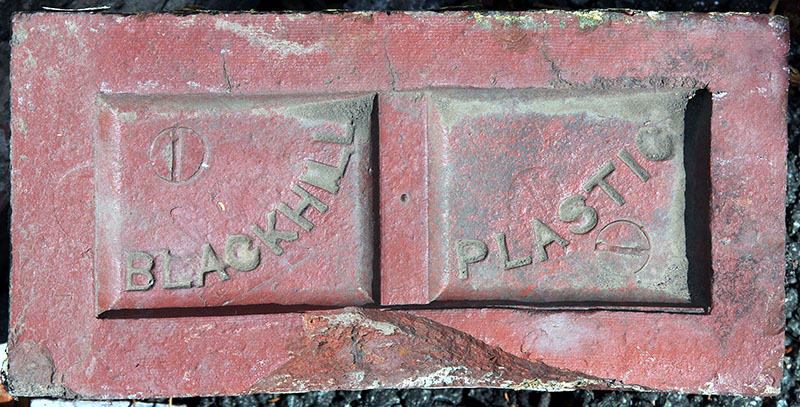
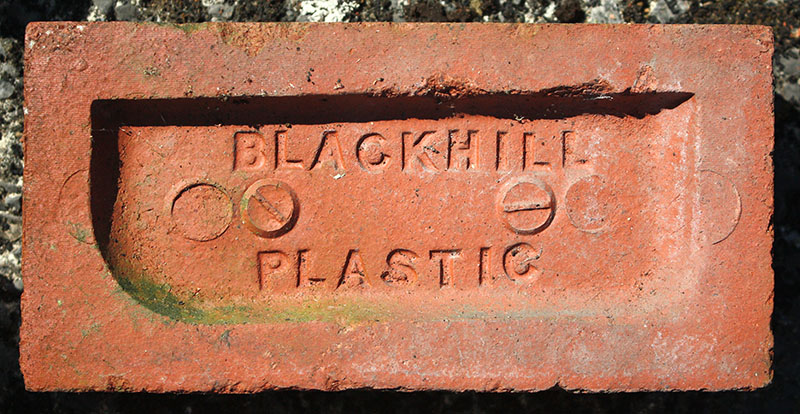
Photos by David Kitching.
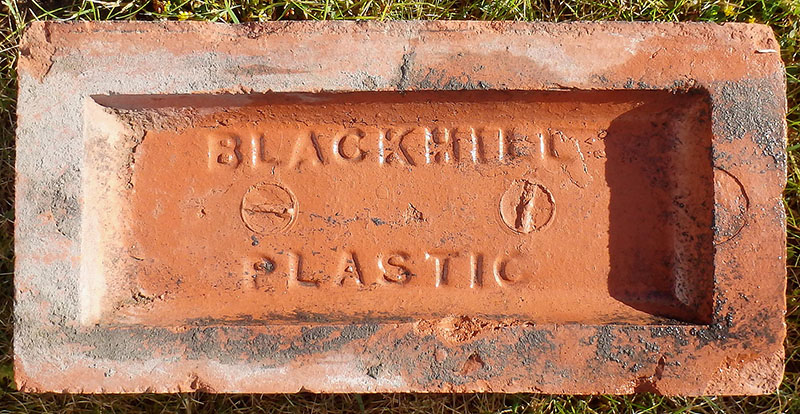
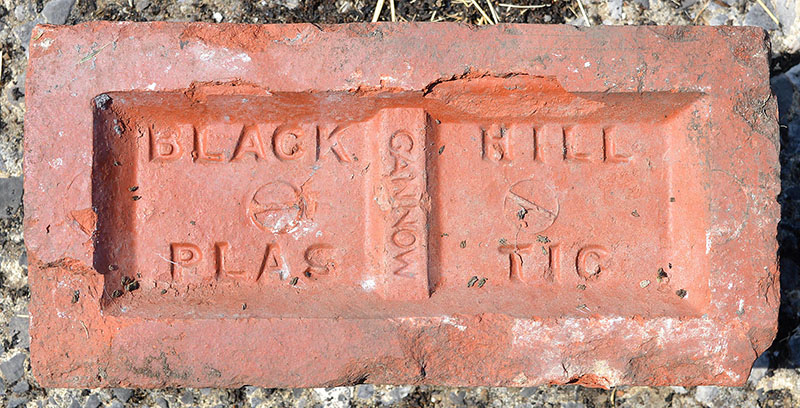
Photos by Frank Lawson.